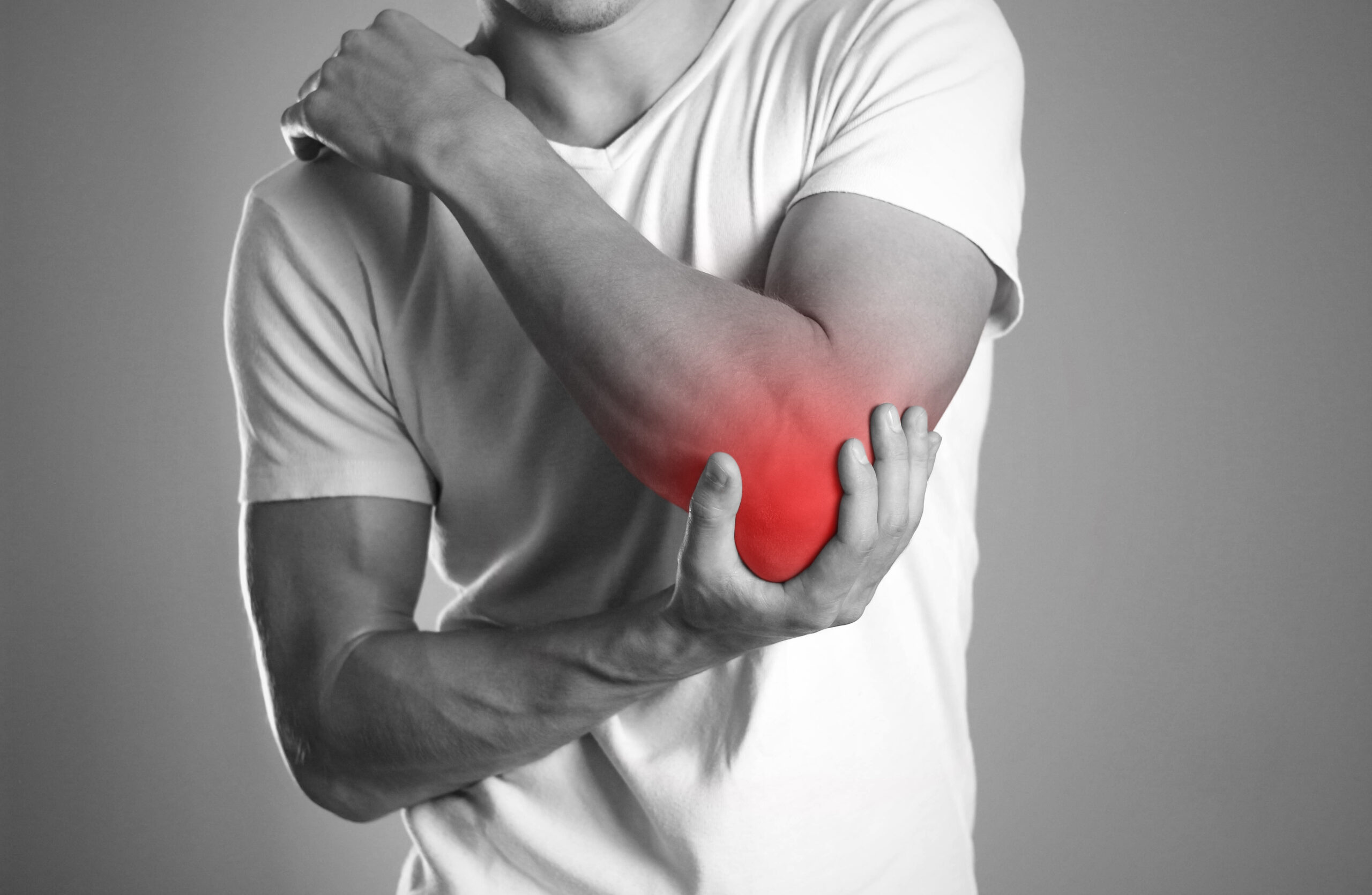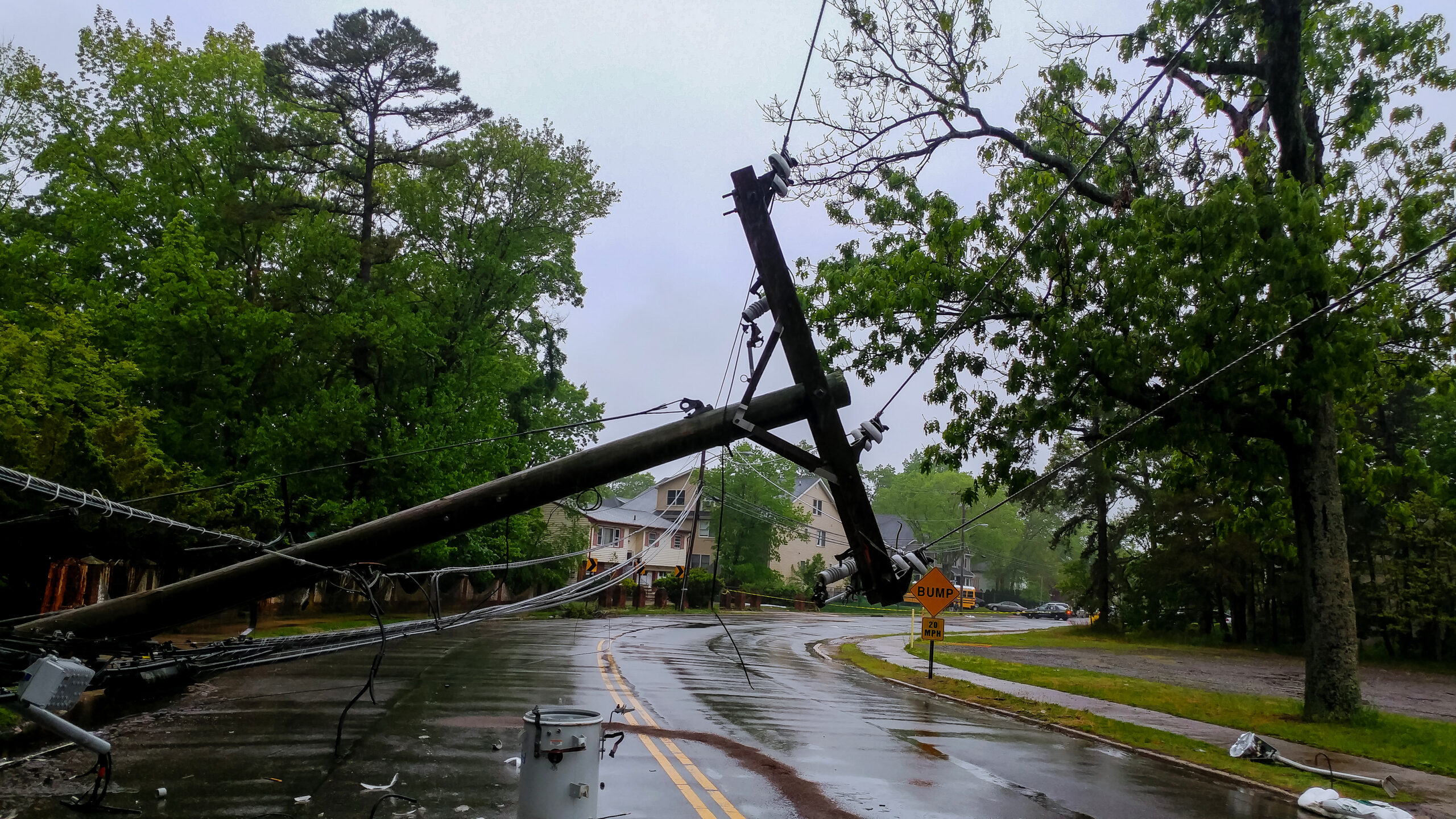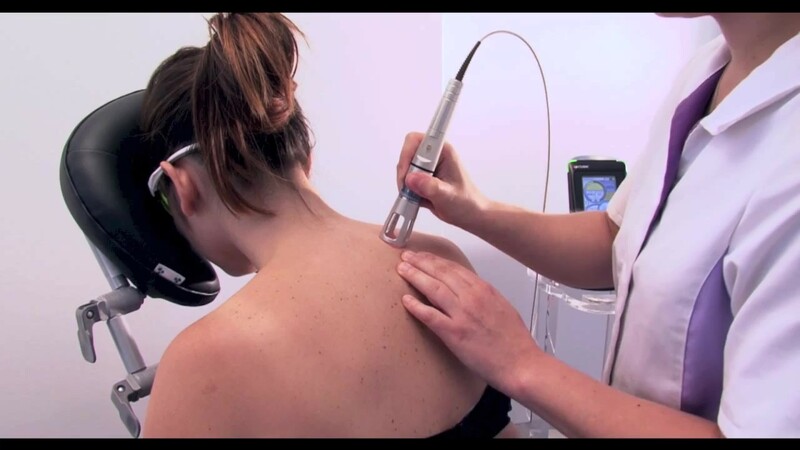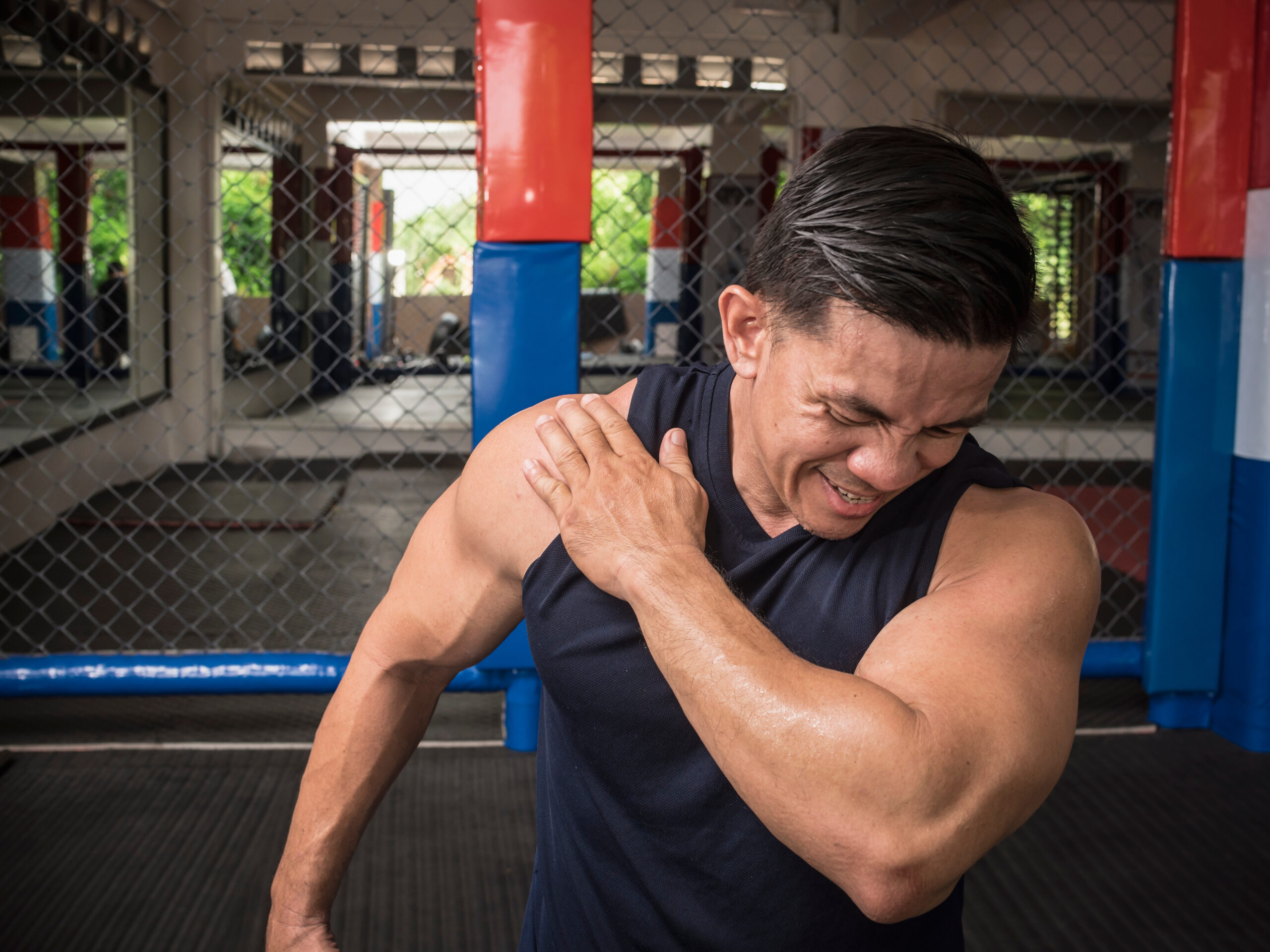By Kate Oliver
What is Tennis Elbow?
Tennis elbow, or Lateral Epicondylitis, is a common overuse injury found in the elbow but despite it’s name, it rarely has anything to do with tennis. It involves the muscles of the forearm that extend the wrist joint, and their attachment point at the elbow.
Tennis elbow affects 1-3% of the population, most often in the 35–50-year-old age bracket,(1) is equally found in males and females, and 20% of cases can persist for more than a year.(2)
Symptoms
For most individuals, symptoms of tennis elbow develop gradually without a specific injury or traumatic event. Pain may begin as mild and then slowly become worse over the following weeks and months.
Common symptoms reported include:
- Pain over the outside of the elbow. May be sharp on certain activities or burning in nature.
- Pain may radiate up and down the arm.
- Increased sensitivity / tenderness over the outer elbow upon touch.
- Weakened grip strength
- Difficulty carrying objects in hand with arm straight.
- Pain may interrupt sleep.
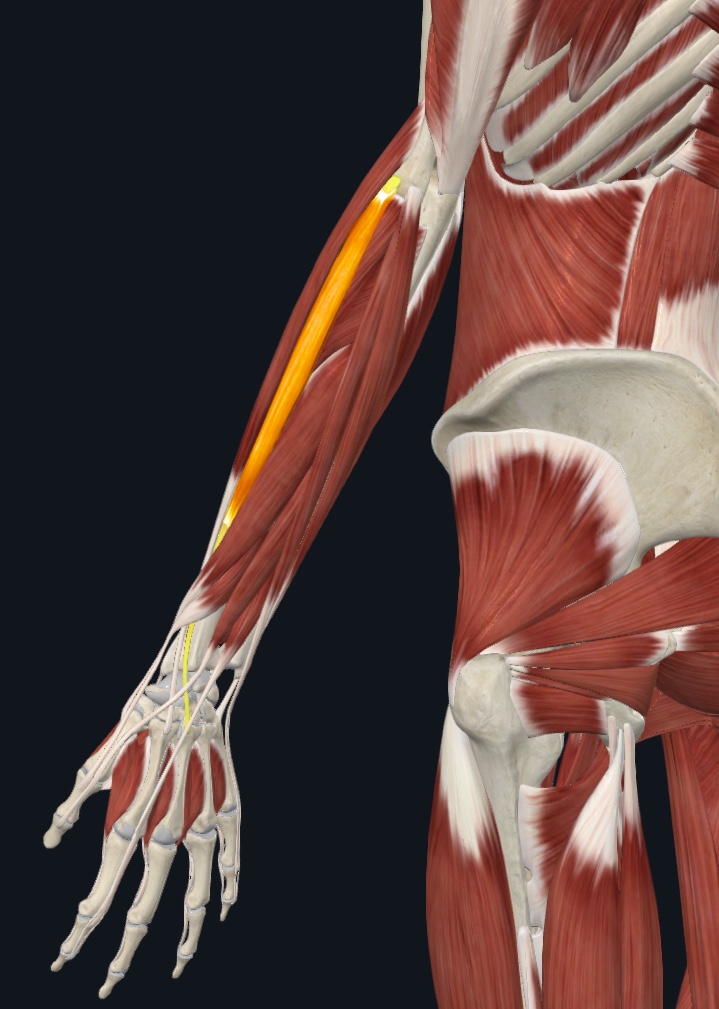
What is the anatomy of Lateral Epicondylitis (Tennis Elbow)?
The elbow joint is made up of three bones. The humerus in the upper arm, and the radius and ulna in the forearm. The humerus has bony protuberances at the bottom that act as muscle attachment points. These are known as the lateral and medial epicondyles. The lateral epicondyle (outside of the elbow) is of interest in tennis elbow.
The group of muscles in the forearm that extend your wrist and fingers originate at the lateral epicondyle via the extensor tendons. The tendon usually involved in tennis elbow is the extensor carpi radialis brevis (ECRB) muscle.
Causes
Overuse: the ECRB is important in wrist stabilisation when the elbow is straight. This type of stabilisation is a component of many actions we perform every day. When this muscle becomes compromised through overuse, the origin of the muscle tendon at the elbow may become inflamed, undergo microscopic tearing, and develop into a degenerative condition.
Activity: Both work and recreational activities may contribute to developing tennis elbow. Activities that involve frequent strong use of the forearm muscles and repetitive extension of the wrist and hand are performed by those who develop tennis elbow. It can also be seen in people who perform low stress repetitive activities such regular use of computer keyboard and mouse.
Idiopathic: tennis elbow can present in people without a repetitive injury and occur spontaneously. If the cause is unknown, it is referred to as idiopathic.
Risk factors
Risk factors may include but are not limited to:
- overuse
- movements of a repetitive nature
- poor exercise or sporting technique
- mechanical misalignment
- reduced soft tissue flexibility
- aging – most common in people between 30-50 years old
- poor circulation
- muscle strength imbalance or deficit.
One review of lateral epicondylitis highlighted three specific risk factors (3)
- handling tools weighing more than 1kg
- repetitive movements for more than 2 hours a day
- handling loads of more than 20kgs at least 10 times a day.
Treatment
Non-surgical
There are different types of strategies employed in the treatment of tennis elbow.
Some non-surgical treatment approaches used by Chiropractors include:
- Manual mobilisation of involved joint tissue
- Soft tissue treatment targeted at musculature of the arm and shoulder region.
- Extracorporeal radial shockwave therapy. Studies have reported improvement in tennis elbow patients by reducing pain, reducing impairment, and increasing grip strength (4)
- Low level laser therapy
- Stretching and strengthening exercises and advice
- Kinesio (sports/flexible) taping to support elbow
- Treatment directed to cervical and thoracic spine. Research has shown that joint mobilisation of those spinal regions in conjunction with treatment for tennis elbow improves grip strength, pain, and function more that just treatment to the elbow alone. (5)
Medical or Surgical
- Medication. Advice on medication can be obtained from your GP.
- Previously, steroid injections were used to reduce inflammatory pain when required. However, this is becoming more controversial with recent studies questioning it’s long term benefits. (6)
- If a consistent course of conservative treatment has been undertaken with little improvement to symptoms, a medical opinion may be required. Your doctor can advise you on your options and discuss interventions to aid with pain reduction. While surgery is rarely required for tennis elbow, it may be a consideration for extreme and recalcitrant cases and requires a consult with a surgeon.
We are here to help
If you suffer from arm pain, we would love to help you. To make an appointment with one of our chiropractors, please call us on (07)5580 5655 or book online via our website.
References:
1. Nirschl RP. Tennis Elbow. Orthop North Am. 1973;4:787-99
2. D.M Walz, J.S Newman, G.P Konin, and G. Ross. Epicondylitis: Pathogenesis, Imaging, and Treatment, Radiographics, January 1, 2010; 30(1):167-184
3. Van Rijn RM, Huisstede BM, Koes BW, Burdorf A. Associations between work-related factors and specific disorders of the elbow: a systematic literature review. Rheumatology 9 Oxford). May 2009;48(5):528-36
4. Phil Page., a new exercise for tennis elbow that works. N Am J Sports Phys Ther. 2010 Sep; 5(3): 189-193
5. Cleland JA, Flynn TW, Palmer JA. Incorporation of manual therapy directed at the cervicothoracic spine in patients with lateral epicondylalgia: a pilot clinical trial. J Man and Manip Ther. 2005;13(3):143-151
6. Orchard, J.W., Saw, R. & Masci, L. The Use of Ultrasound-Guided Injections for Tendinopathies. Curr Radiol Rep 6, 38 (2018). https://doi.org/10.1007/s40134-018-0296-2
